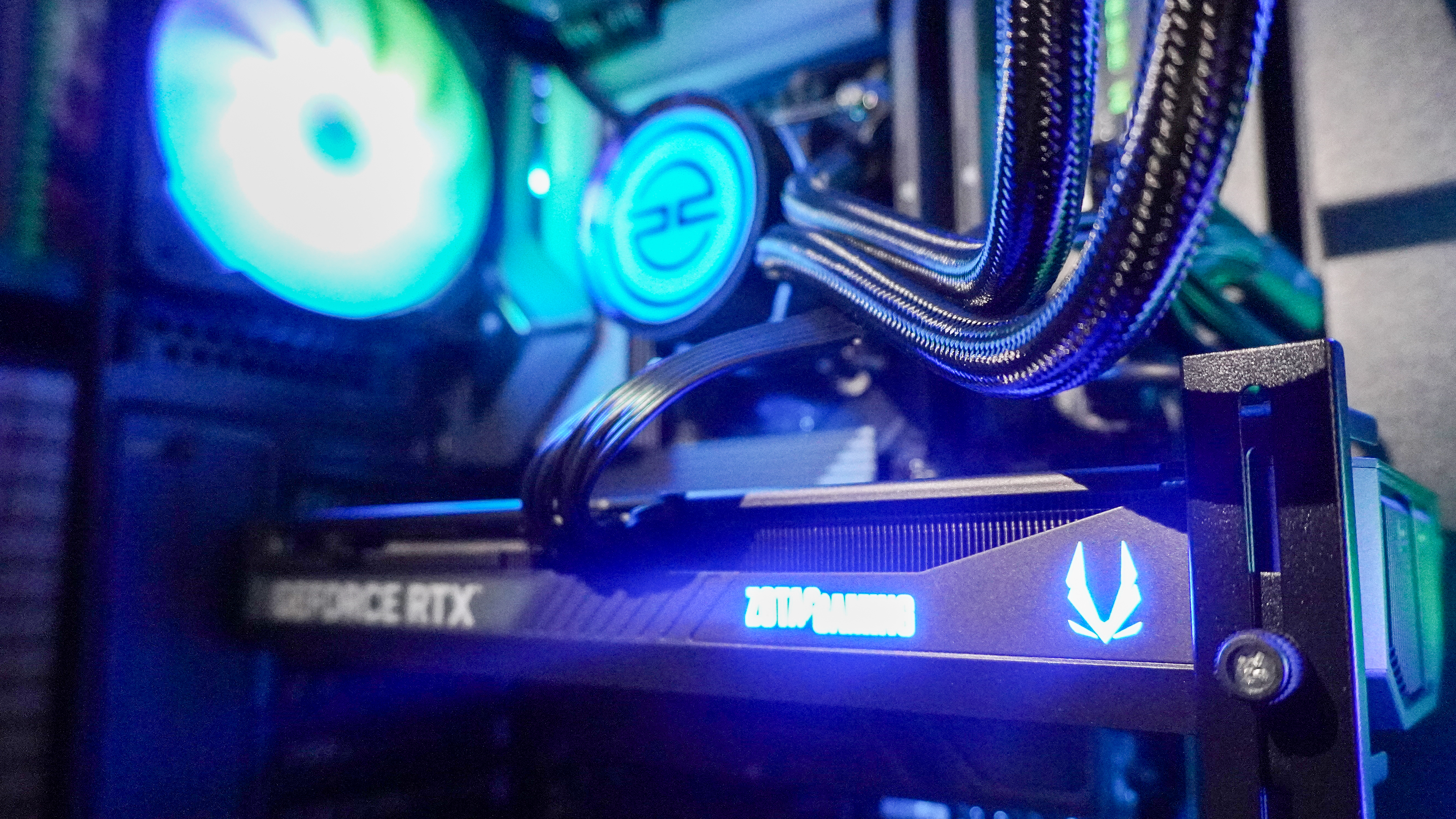Galaxy S23 Ultra first benchmarks — Samsung beats iPhone 14 Pro on graphics
The new Snapdragon 8 Gen 2 chip for Galaxy is legit

Our first Samsung Galaxy S23 Ultra benchmark results are coming in, and they look very impressive indeed. In fact, the Galaxy S23 Ultra surpasses the iPhone 14 Pro Max on the 3DMark graphics benchmark, living up to Samsung's claims of the "world's fastest mobile graphics."
We've just started testing this flagship phone as part of our Galaxy S23 Ultra review in progress, and we have some early results to share in Geekbench, 3DMark and in our video transcoding test via the Adobe Premiere Rush app. Our review unit is a 512GB Galaxy S23 Ultra, so it's equipped with 12GB of RAM. (The 256GB base model comes with 8GB, as a reminder.)
Here are our Galaxy S23 Ultra results so far.
Geekbench 5 (CPU)
| Row 0 - Cell 0 | CPU | Single-core | Multicore |
| Samsung Galaxy S23 Ultra | Snapdragon 8 Gen 2 for Galaxy | 1396 | 4882 |
| iPhone 14 Pro Max | A16 Bionic | 1882 | 5333 |
| iPhone 14 Pro | A16 Bionic | 1891 | 5469 |
| iPhone 14 | A15 Bionic | 1727 | 4553 |
| Galaxy S22 Ultra | Snapdragon 8 Gen 1 | 1240 | 3392 |
Geekbench measures CPU performance, both in single-core and multicore applications. The Galaxy S23 turned in a single-core score of 1,396 and a multi-core score of 4,882. These numbers handily beat the Galaxy S22 Ultra (1,240/3,392), and Samsung surpasses the A15-powered iPhone 14's multicore performance though not its single-core number (1,727/4,553).
However, the A16 Bionic chip is still the champ in this test, surpassing 1,880 on both the iPhone 14 Pro and iPhone 14 Pro Max in single core and scoring more than 5,300 in multicore.
3DMark Wild Life (graphics)
| Row 0 - Cell 0 | Unlimited (FPS) | Extreme Unlimited (FPS) |
| Galaxy S23 Ultra | 79.3 | 20.9 |
| iPhone 14 Pro Max | 74 | 20 |
| iPhone 14 Pro | 74 | 19 |
| iPhone 14 | 69 | 18 |
| Galaxy S22 Ultra | 57 | 14 |
We use 3DMark Wild Life to test the graphic performance of mobile devices. We usually focus on Unlimited and Extreme Unlimited. These push the GPU as hard as it can go, especially the Extreme Unlimited test. It's a good test to see a phone's gaming performance. There's an overall score and a frames per second (FPS) count.
The Galaxy S23 Ultra surpassed the iPhone 14 Pro 79 fps to 74 fps on the Unlimited test; it narrowly edged out the iPhone with a 20.9 to 20 fps score on the more demanding Extreme Unlimited test. A win is a win, and this represents a huge jump from the Galaxy S22 Ultra (57/14 fps).
Sign up to get the BEST of Tom's Guide direct to your inbox.
Get instant access to breaking news, the hottest reviews, great deals and helpful tips.
Adobe Premiere Rush (video transcoding)
| Row 0 - Cell 0 | Time to complete (Mins:Secs) |
| Galaxy S23 Ultra | 0:40 |
| iPhone 14 Pro Max | 0:30 |
| iPhone 14 Pro | 0:26 |
| iPhone 14 | 0:28 |
| Galaxy S22 Ultra | 0:47 |
In our Adobe Premiere Rush test we task a phone to transcode a 4K video file to 1080p as quickly as possible. The Galaxy S23 Ultra took 40 seconds to complete the task, which is 7 seconds faster than the S22 Ultra.
The iPhone 14 Pro remains champ in this test, taking only 26 seconds, while the Pro Max took a bit longer at 30 seconds.
Outlook
We're still in the process of testing the Galaxy S23 Ultra but one thing is clear. This phone is a beast when it comes to graphics. We'll be running other tests to see how well the Galaxy S23 Ultra can actually game.
The iPhone 14 Pro and Pro Max still win on Geekbench and video transcoding tests, but they have some catching up to do on GPU performance. Well, at least the iPhone 15 and iPhone 15 Ultra do once they arrive this fall.
Mark Spoonauer is the global editor in chief of Tom's Guide and has covered technology for over 20 years. In addition to overseeing the direction of Tom's Guide, Mark specializes in covering all things mobile, having reviewed dozens of smartphones and other gadgets. He has spoken at key industry events and appears regularly on TV to discuss the latest trends, including Cheddar, Fox Business and other outlets. Mark was previously editor in chief of Laptop Mag, and his work has appeared in Wired, Popular Science and Inc. Follow him on Twitter at @mspoonauer.

